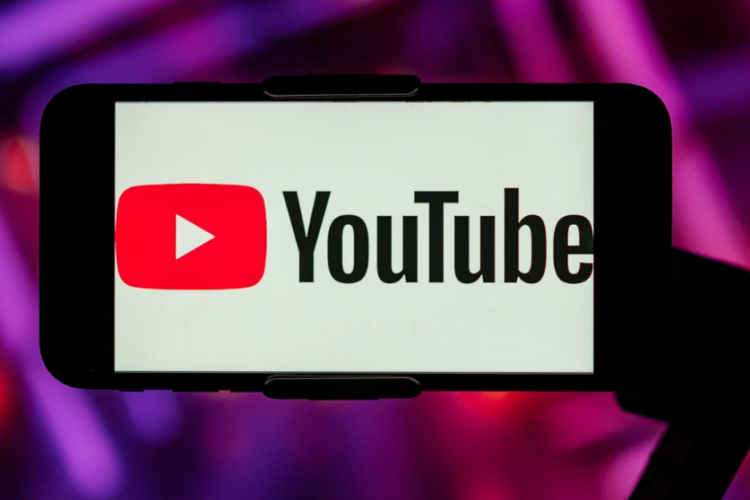
Social media is a thing that no brand can escape today, and such an indispensable resource in communicating to their audience, establishing brand loyalty, and subsequently helping business growth. However, one of the most likely challenges among businesses is deciphering how the social media algorithm works. Algorithms determine what people will see on their feeds, so understanding them is vital for any brand that wants to achieve visibility and engagement.
In this article, we will demystify social media algorithms, explain how they work on major platforms, and present practical strategies for leveraging these systems effectively. Unlocking the mysteries behind these platforms helps brands more intelligently run their social media, targeting relevance, visibility, and productive engagement with their audiences.
2. What Are Social Media Algorithms?
Social media algorithms work both as a set of rules as well as mathematical calculations by the platforms to organize content in users’ feeds. This way, rather than chronological posting, the algorithms seem to prioritize content based on user interest or relevance in engagement.
Why Algorithms Matter to Brands
Understanding these algorithms for businesses can really make or break posts. Knowing how these systems prioritize content allows brands to tailor their social media management strategy, ensuring that their content will find and resonate with the right audience.
3. Why Social Media Algorithms Exist & Why They Change
The social media algorithms manage the vast content generated by users daily. It provides personalized feeds to the users to keep them engaged with content that is likely to be enjoyed or interacted with.
The Constant Evolution of Algorithms
Algorithms are continuously updated according to the trends of the actual user behaviors, types of content posted, and general user behavior with respect to social media. This may also be a result of some changes in privacy laws or due to some complaints from the users. For a brand, this would mean staying agile and in the know; utilizing social media management tools for staying up-to-date with the news and insights that may arise.
Also read- AI in Social Media: How It’s Changing Engagement and Analytics
4. How Social Media Algorithms Work Across Platforms
Each social media platform has its unique algorithm, prioritizing specific ranking signals. Here’s a closer look at how major platforms approach their algorithms and what brands can do to make the most of them:
- Ranking Signals: Content type, relationship with users, recency, and popularity.
- Tips for Brands: Focus on engaging content that prompts reactions or comments. Use Facebook Live for better visibility, as live content tends to attract higher engagement.
- Key Factors: Interest, relationship with followers, recency, and content type.
- Tips for Brands: Use visually engaging formats like Carousels and Reels to stand out. Posting during peak engagement times can also boost visibility.
TikTok
- Algorithm Priorities: User interactions, video information (like captions, and hashtags), and trends.
- Tips for Brands: Engage with TikTok’s short-form video culture by creating authentic, relatable content. Joining trending challenges and using trending sounds can help increase visibility.
X (formerly Twitter)
- Key Elements: Recency, relevance, engagement, and user interests.
- Tips for Brands: Post frequently and interact with trending topics. Retweet and reply to other users to boost engagement.
- Ranking Signals: Professional relevance, engagement (comments, shares), and hashtags.
- Tips for Brands: Focus on industry-relevant, thought leadership content. Engage with your network by commenting on and sharing posts.
- Algorithm Priorities: Pin relevance, quality, and pinner’s authority.
- Tips for Brands: Invest in high-quality visuals, and keyword-rich descriptions, and maintain a consistent aesthetic. This increases the chance of Pins appearing in relevant searches.
Each platform has its own strategy, so it’s important to understand these differences and tailor content for each platform to maximize reach and engagement.
5. The Changing Social Media Policy Landscape and Algorithm Regulation
Policy Impacts on Algorithms
Especially, with the increasing public interest in data privacy, misinformation, and mental health, there is a greater need to regulate algorithms. Overall policies like the DATA Act, which enforce more transparency over the usage of data, are trying to shape the future of the algorithms. These algorithms have been a challenge for brands in complying and maintaining a good reputation for themselves.
Adapting to Policy Changes
As these policies evolve, brands can use social media management tools to monitor and adapt to any changes. Many of these tools provide insights into engagement and can help brands adjust their strategies to align with new regulations.
6. Top Strategies for Brands to Succeed with Social Media Algorithms
To stay ahead, brands should implement best practices that align with each platform’s algorithm. Here are the most effective strategies:
- Create High-Quality, Engaging Content: Prioritize content that aligns with the unique strengths of each platform. For instance, share industry insights on LinkedIn and short-form videos on TikTok.
- Leverage Social Media Management Tools: Platforms like Hootsuite and Buffer allow brands to schedule posts, track engagement, and adapt strategies based on real-time insights.
- Focus on Social Media SEO: Use keywords relevant to your brand and audience, such as “social media trends” or “social media marketing platforms,” in post captions and hashtags to increase discoverability.
- Optimize Posting Times: Experiment with posting at different times and days to determine when your audience is most active, maximizing early engagement.
- Engage Actively with Followers: Respond to comments and messages to foster community and increase engagement, which is highly valued by most algorithms.
- Adapt to Social Media Trends: Keep an eye on emerging trends, such as short-form videos or new content formats, and incorporate these into your strategy.
- Experiment and Analyze: Consistently analyze performance to refine your approach. Testing different content formats, posting times, and engagement strategies can reveal what works best for your brand.
These strategies are essential for brands seeking to grow and maintain a competitive edge on social media platforms.
Also read- AI in Social Media: How It’s Changing Engagement and Analytics
7. Conclusion
The Internet is so competitive at this point, and hence having social media in mind and understanding the algorithm of social media is very important for brands to know and connect with their target audience. In addition, brands can keep changing with social media trends and look out for optimization of strategies for better visibility and engagement in line with the priorities of the algorithm.
Brands must leverage social media management tools, know when to change according to algorithm changes, and work on quality relevance. Doing all this would unlock the unlimited potential of social media platforms for business growth and visibility.
To learn more about mastering social media algorithms, check out the resources we recommend you check out to fine-tune your strategies and stay on the curve of changes within the algorithms.
Also read- Understanding the Power of YouTube Social Media Marketing
Ready to boost your brand’s online presence?
Partner with The Aspiring CEO, India’s top digital marketing agency, and let us transform your business with data-driven strategies and powerful results. From social media management to SEO and beyond, our expert team is here to grow your brand. Contact us today to start your journey toward digital success!


